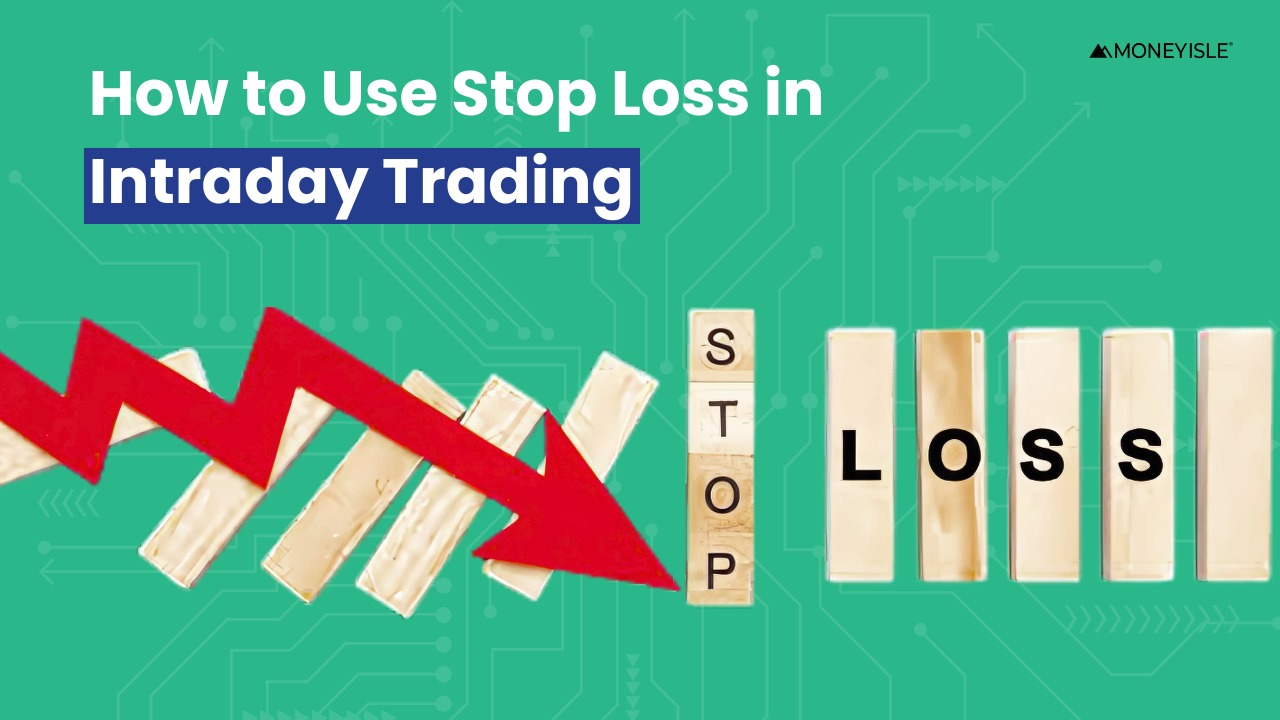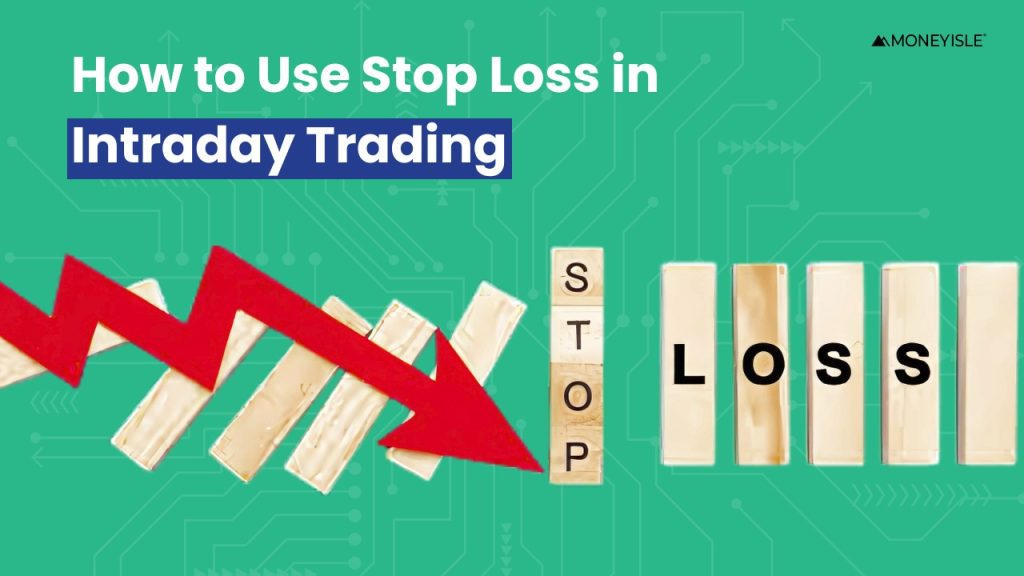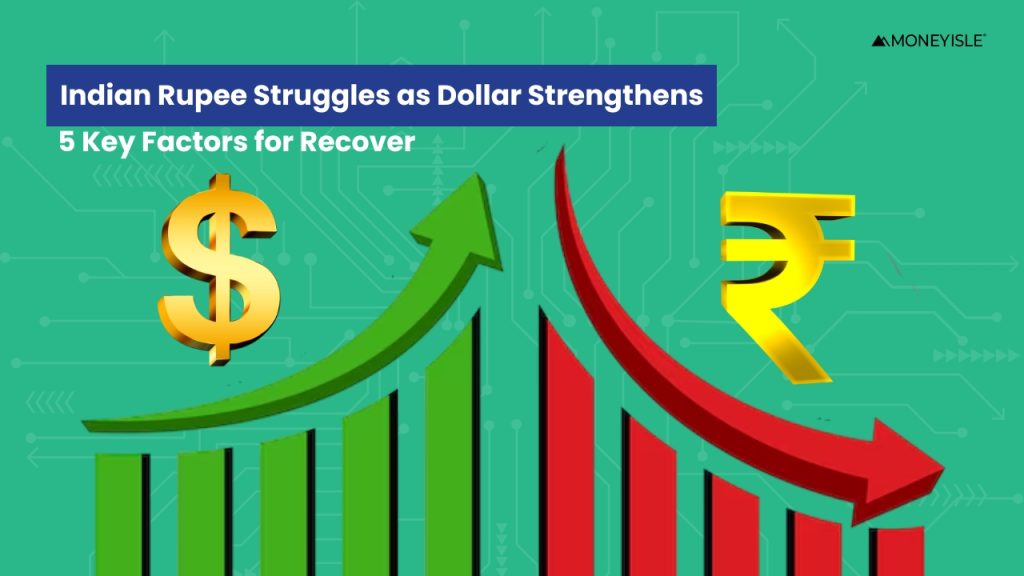Intraday trading is a fast-paced approach to the stock market, where traders buy and sell stocks within the same trading session. Due to the high volatility and rapid price fluctuations, managing risk is crucial. One of the most effective tools for risk management in intraday trading is the stop-loss order. Stop loss helps traders limit potential losses by automatically exiting a trade when the stock price reaches a predetermined level. This article explores how to use stop loss effectively in intraday trading.
1. What is Stop Loss in Intraday Trading?
The primary purpose of a stop-loss order is to prevent excessive losses if the trade moves against the trader’s position. Since intraday trading involves quick decision-making, using a stop-loss order stock market trading ensures that emotions do not interfere with rational trading decisions.In intraday trading, prices can fluctuate dramatically within minutes, making it essential to have a pre-determined exit strategy. Without a stop loss, traders may hold onto losing positions, hoping for a reversal, which can lead to significant financial setbacks.
2. Importance of Stop Loss in Intraday Trading
- Risk Management: Limits losses and prevents traders from holding on to losing trades. trading
- Discipline: Encourages traders to stick to a planned exit strategy rather than making impulsive decisions.
- Capital Protection: Helps preserve trading capital, allowing traders to continue participating in the market.
- Prevention of Large Losses: Stops a minor loss from turning into a significant financial setback.
- Automation: Executes orders automatically without requiring constant market monitoring.
Many successful intraday traders consider stop loss a vital part of their trading strategy. Since markets move unpredictably, setting a stop loss ensures that losses are controlled and do not exceed a trader’s acceptable risk level.
3. Types of Stop Loss Orders
a) Fixed Stop Loss
A fixed stop loss is set at a specific price level based on a percentage or absolute value.. If the stock price drops to that level, the trade is automatically closed.
b) Trailing Stop Loss
A trailing stop loss moves dynamically with the stock price. If the stock price increases, the stop loss moves up, maintaining a set distance below the current price. However, if the stock price drops, the stop loss remains fixed, helping traders lock in profits.
c) Time-Based Stop Loss
Some traders set a time-based stop loss, where they exit a trade if it does not reach their expected target within a nse specific period. This method is useful in highly volatile markets.
4. How to Set an Effective Stop Loss in Intraday Trading
a) Use Support and Resistance Levels
Identifying support and resistance levels helps traders place stop-loss orders strategically. A stop loss should be set slightly below the support level when buying and above the resistance level when selling.
b) Consider Volatility
Stocks with high volatility require a wider stop loss to avoid premature exits. Traders can use tools like the Average True Range (ATR) indicator to determine an appropriate stop-loss level based on market fluctuations.
c) Risk-Reward Ratio
A proper risk-reward ratio ensures that potential profits outweigh potential losses. A common ratio is 1:2, meaning for every $1 risked, the potential gain should be at least $2.
d) Avoid Placing Stop Loss Too Close to Entry Price
Setting a stop loss too close to the entry price may result in getting stopped out due to normal market fluctuations. Giving the trade some breathing room prevents unnecessary exits.
5. Common Mistakes to Avoid with Stop Loss in Intraday Trading
- Not Using a Stop Loss at All: Exposes traders to unlimited risks.
- Setting Stop Loss Too Tight: Leads to frequent premature exits.
- Placing Stop Loss at Round Numbers: Market makers often target these levels, triggering stops.
- Not Adjusting Stop Loss: Failing to modify stop loss according to market movements can lead to missed opportunities or increased losses.
- Moving Stop Loss in the Wrong Direction: Widening stop loss levels in hopes of trade recovery often results in bigger losses.
6. Advanced Stop Loss Strategies for Intraday Trading
a) Dynamic Stop Loss
A dynamic stop loss adjusts based on technical indicators like moving averages or Bollinger Bands. This helps traders stay in profitable trades longer while reducing risk.
b) Multiple Stop Loss Levels
Some traders use a primary stop loss and a secondary stop loss to minimize risks. The primary stop loss ensures minimal loss, while the secondary stop loss acts as a safeguard in case of sudden reversals.
c) Partial Stop Loss Strategy
Instead of closing the entire position at once, traders may exit a portion of their holdings at a pre-set stop loss level and let the remaining position run with a trailing stop loss.
7. How to Adjust Stop Loss in Real-Time Trading
Intraday traders often need to adjust their stop-loss levels based on market conditions. If a trade moves in a profitable direction, traders can shift their stop loss higher to secure profits. Conversely, if volatility increases unexpectedly, traders may decide to widen their stop loss to avoid being prematurely stopped out.
Using real-time indicators such as the Relative Strength Index (RSI) or Moving Average Convergence Divergence (MACD) can help traders decide when to tighten or loosen their stop-loss levels. Experienced traders also monitor news events and earnings reports, as these can cause sudden price movements.
8. Conclusion
Stop loss is an essential tool in intraday trading, helping traders minimize losses, protect capital, and maintain discipline. By using appropriate stop-loss techniques, considering market volatility, and avoiding common mistakes, traders can enhance their risk management and improve their overall profitability. Mastering stop-loss strategies is a crucial step in becoming a successful intraday trader.Intraday trading requires speed, precision, and strong risk management skills. Whether you’re a beginner or an experienced trader, incorporating stop-loss strategies into your trades can help you navigate the market more confidently and reduce potential losses.











